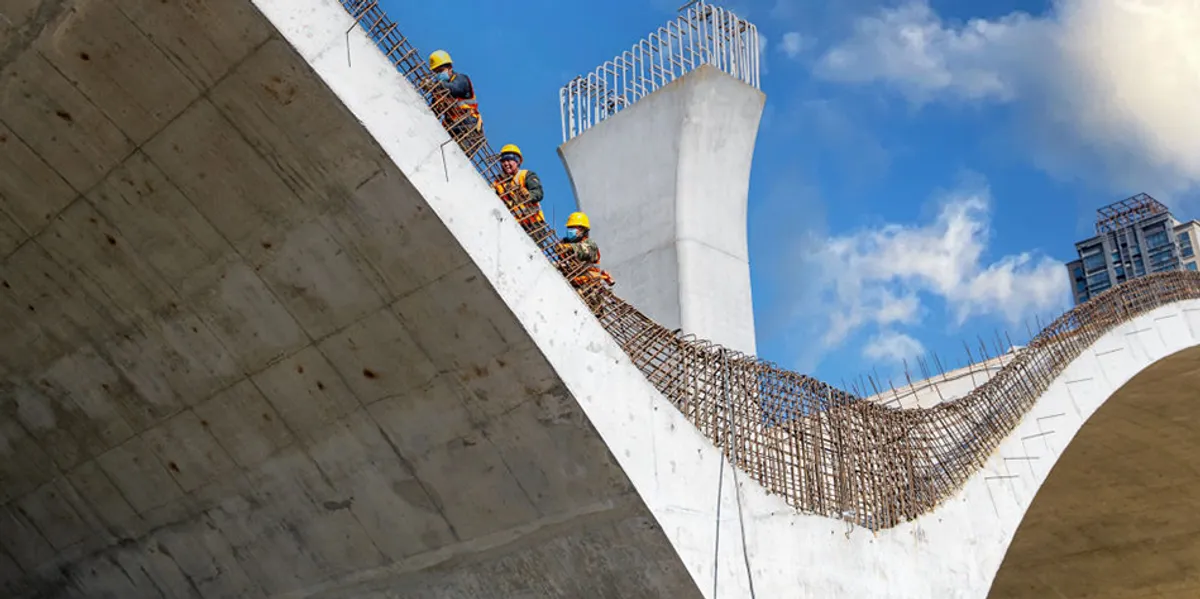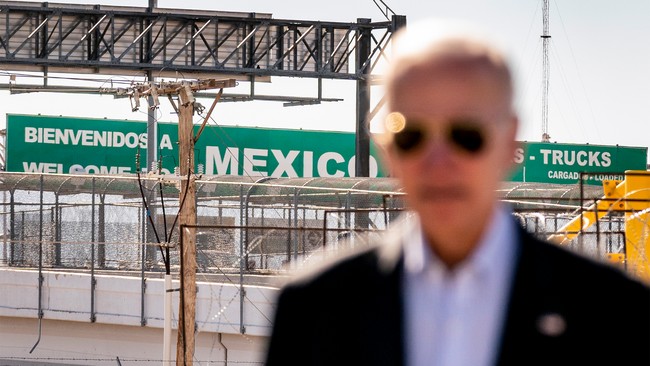A recent bridge collapse in China was an obvious design failure, according to experts.
The Hongqi Bridge in China’s southwestern province of Sichuan crumbled on Tuesday, just months after opening; it linked a national highway with Tibet.
‘Efforts should have focused on slope management.’
According to Reuters, police in the city of Maerkang had closed the bridge to all traffic the day before when significant cracking appeared on nearby slopes, which eventually led to landslide.
The 758-meter-long bridge collapse was captured on video and caught the eye of several experts, including Casey Jones, a geotechnical engineer with over 35 years under his belt while being licensed in six states.
“I could just tell you almost certainly that this is a design failure,” Jones stated in a review of the incident.
The design likely did not account for the orientation of the bedding planes for the underlying rock, Jones said, adding, “Whether they had planned to do any stabilization efforts like rock bolts and that sort of thing is not clear at this point.”
Slope orientation and the surrounding environment was the main cause of concern for most who showed knowledge on the subject, which included an alleged bridge expert cited by Chinese state media. In careful comments, the expert did not offer any words of praise either.
RELATED: What a Westerner sees in China: What you need to know
“If the Hongqi Bridge route is the optimal one, then efforts should have focused on slope management,” the expert told Jimu News, a Chinese state-owned outlet, per the Straits Times.
The expert said that typically a geological survey should be done to select the proper sites for bridge construction and measure if an area is prone to landslides. Bridge sites must avoid these types of potential environmental hazards, the expert reportedly added.
Christopher Blume, who posted a viral take on the bridge collapse citing his experience with failing Chinese infrastructure, told Return that he was a professor at Peking University in Beijing for nine years, having moved to China due to his wife’s architecture work.
“I think in general the idea of Chinese infrastructure being poor quality is true,” Blume explained.
As simple examples, he pointed to a lack of p-traps in bathroom plumbing, which act as a water barrier against harmful and odorous gases coming back up through the pipes. Apartments are also poorly constructed, he claimed, with his own having near half-inch gaps around the windows; his wife fixed this with duct tape, he said.
RELATED: This city bought 300 Chinese electric buses — then found out China can turn them off at will
Hongqi Bridge over the Songhua River is under construction on April 1, 2024, in Jilin City, Jilin Province of China. (Photo by Zhang Jingfeng/VCG via Getty Images)
“In China, price is everything. So whether it is corruption, cutting corners on safety, etc., you name it, the ethos was always build it, and don’t worry about the details,” Blume continued. “Yeah, the bridge was obviously built in an area with landslide risk, but a) if that’s the case, it should never have been built there with such obvious landslide risk, and b) it clearly was not built to deal with any serious natural disaster risk.”
Colloquially, many more blamed the bridge collapse on a lack of fortification and neglect when it comes to the placement of abutments.
Other X users pointed to possible serious flaws in structural integrity.
According to Blume, a lack of skilled tradesmen is a common issue, with safety violations rampant as workers are pulled in from the countryside.
According to China, though, there is an alleged abundance of skilled labor. As reported by Xinhua News, the country boasts more than 200 million skilled workers as of May 2024, which includes “over 60 million highly skilled professionals.”
The World Economic Forum stated in 2021 that high-skilled personnel are defined as being capable of “performing complicated tasks” while being able to “adapt quickly to technology changes.”
Like Blaze News? Bypass the censors, sign up for our newsletters, and get stories like this direct to your inbox. Sign up here!
Read the full article here












